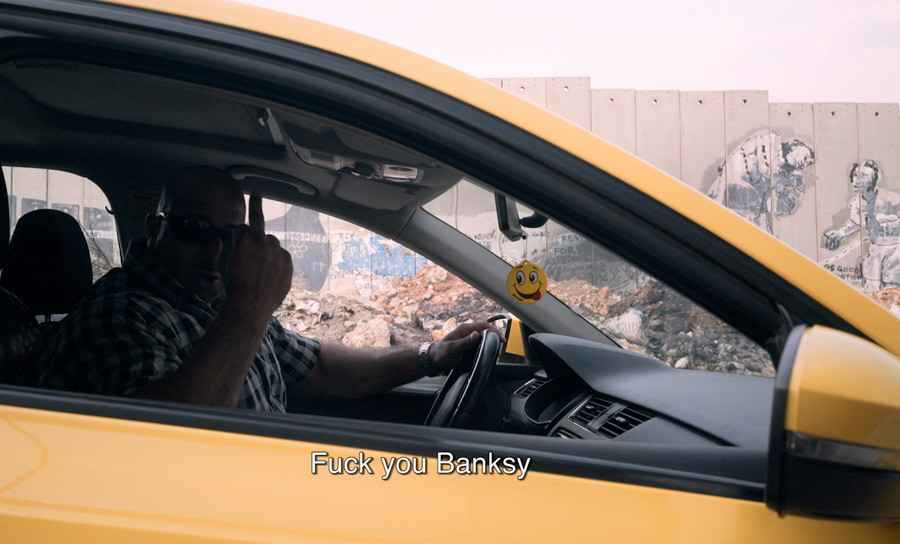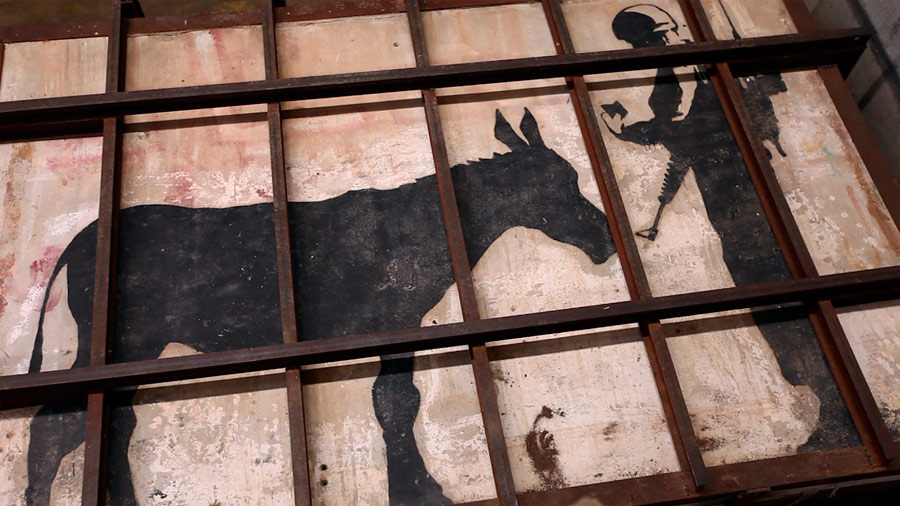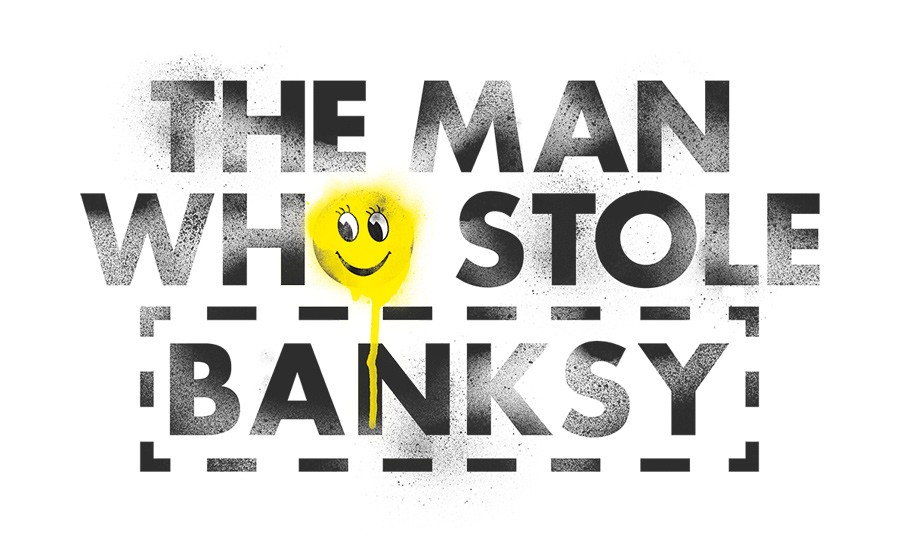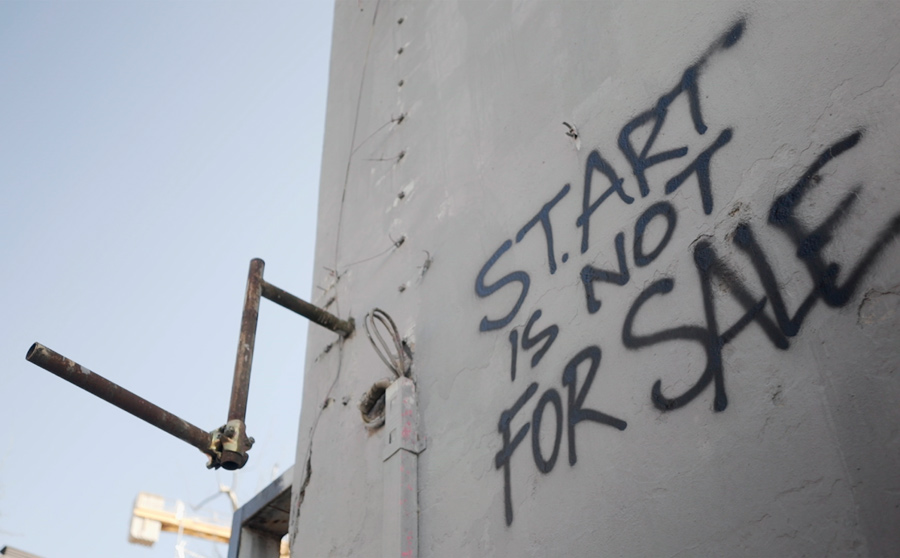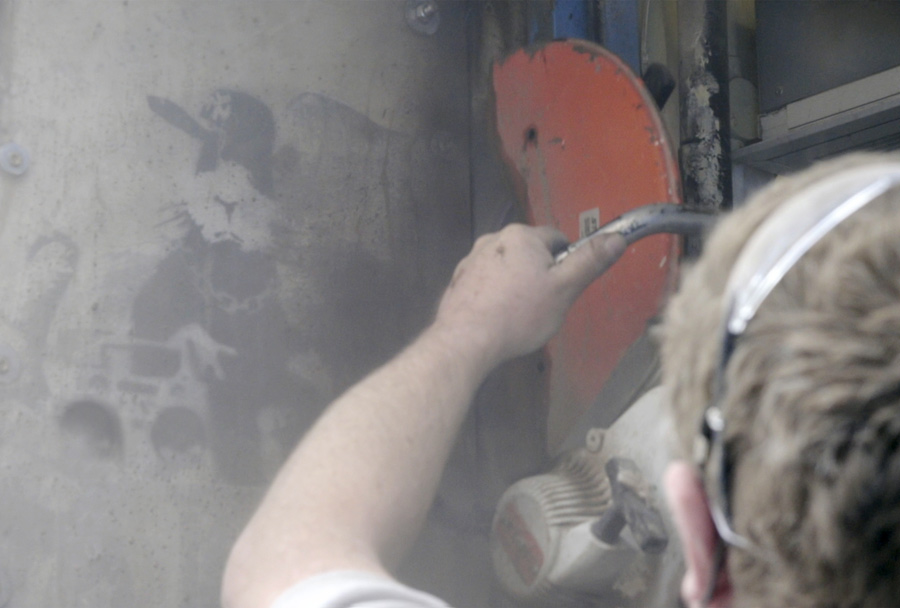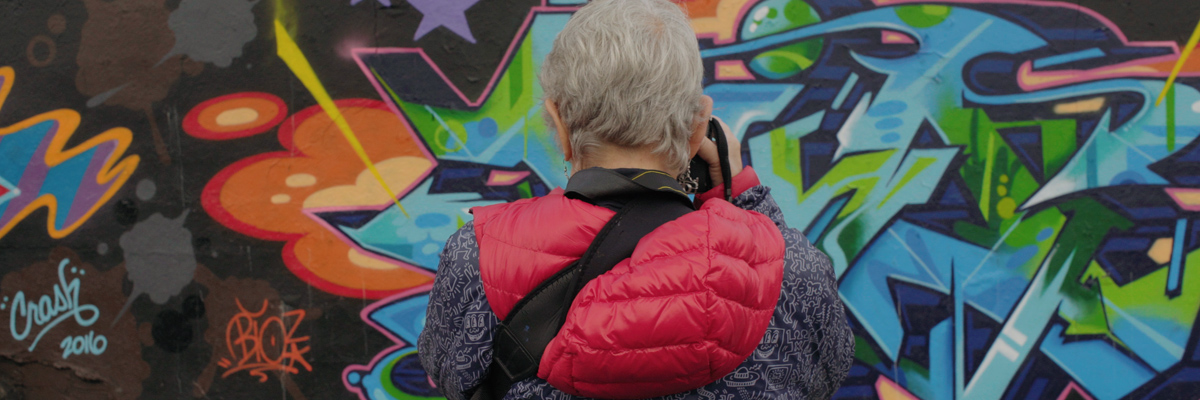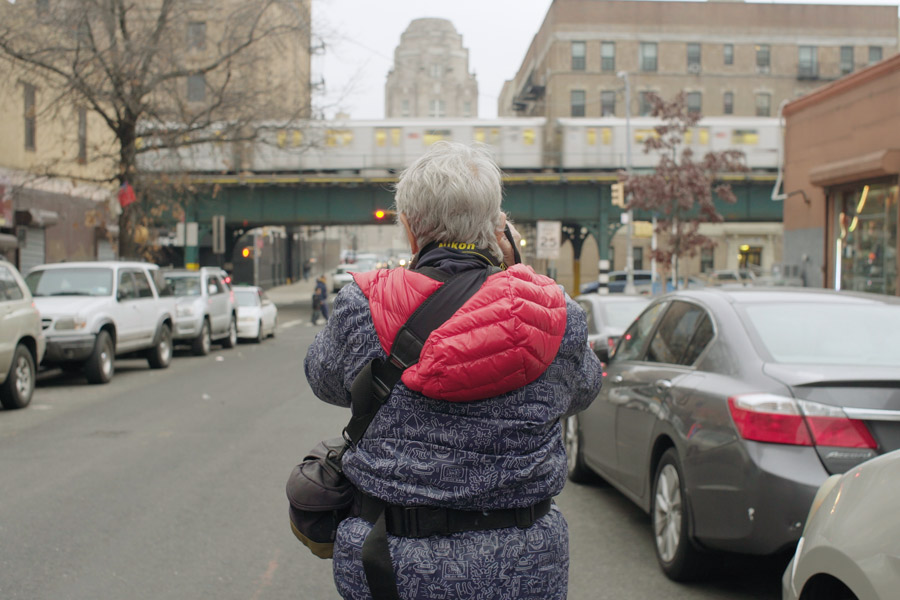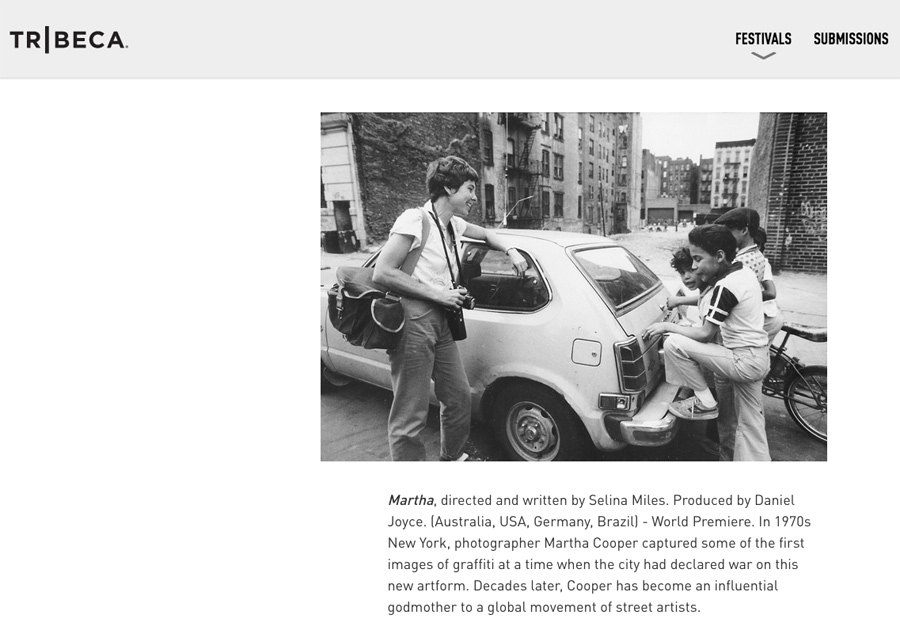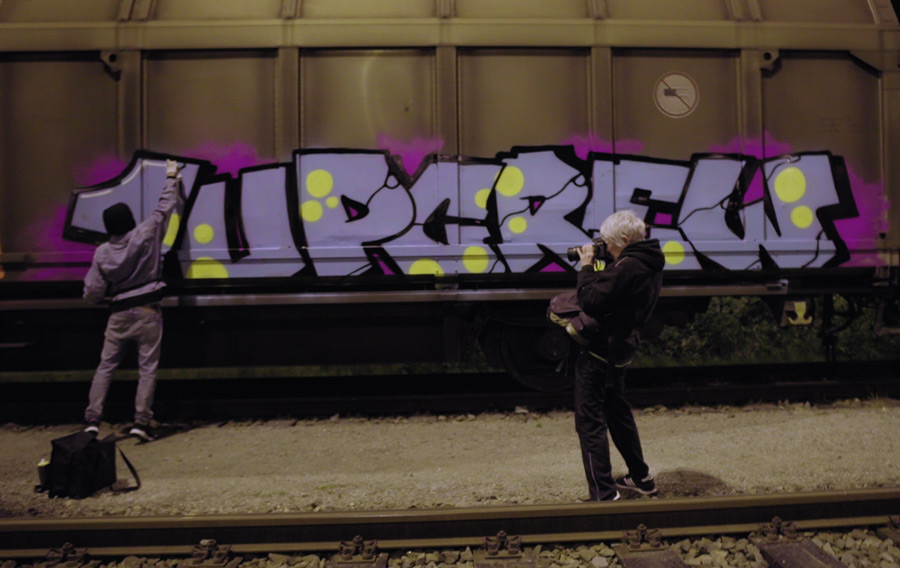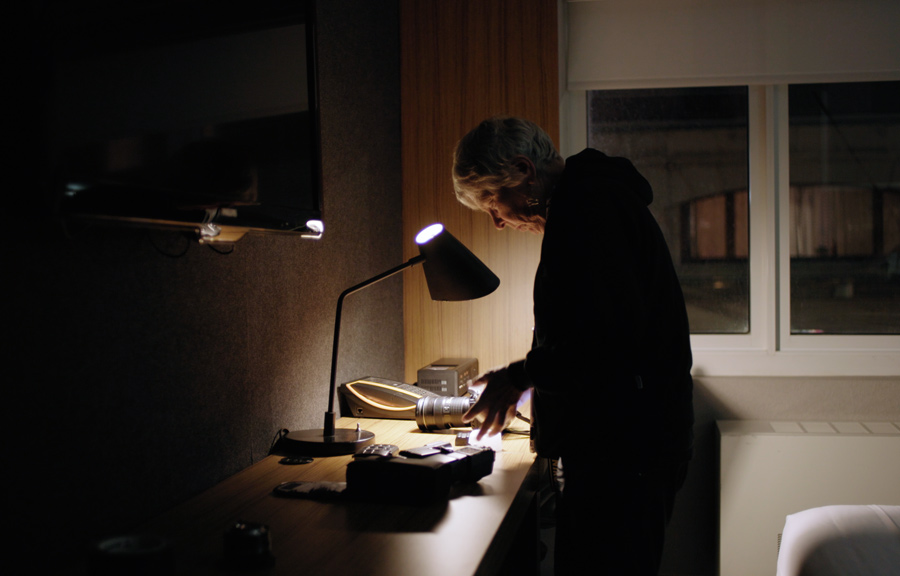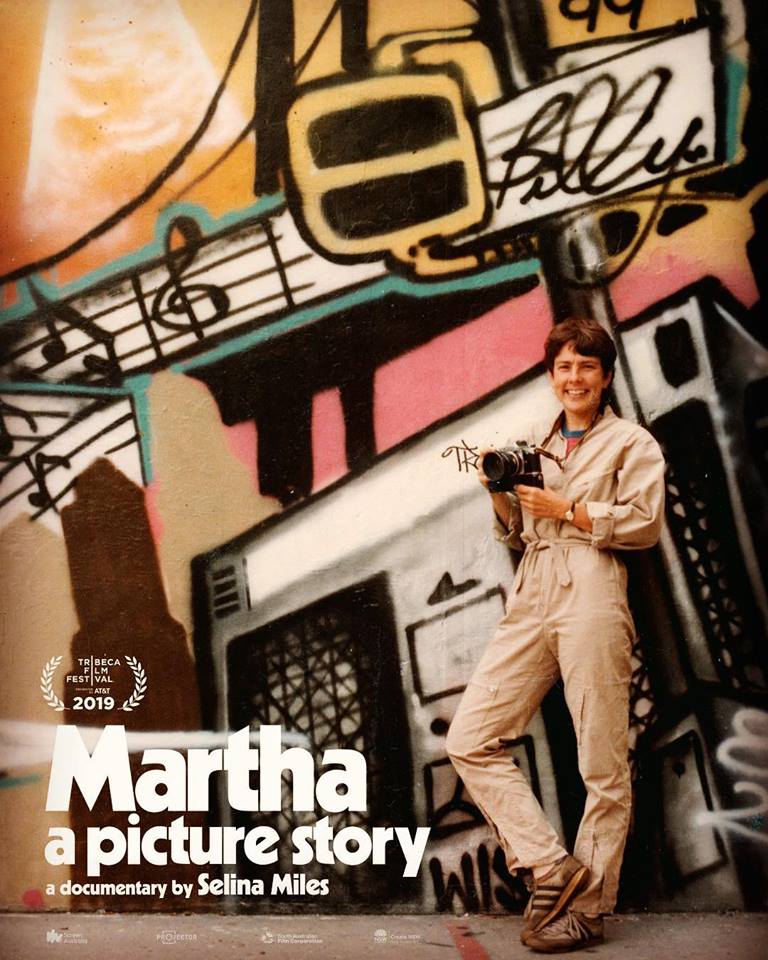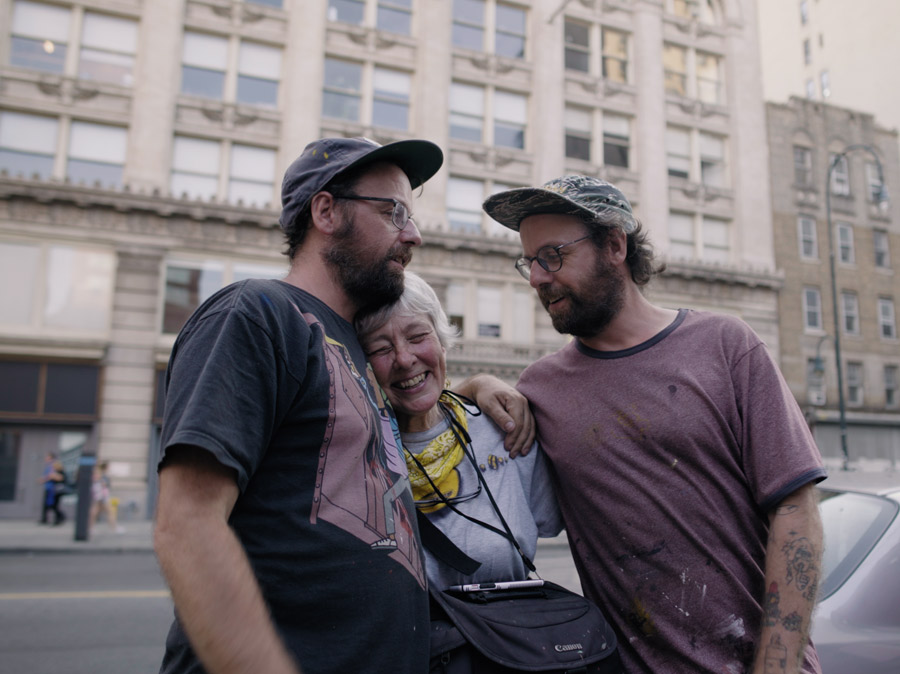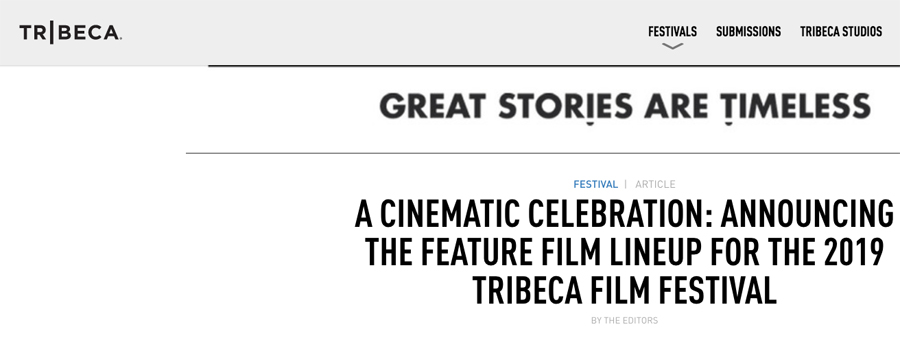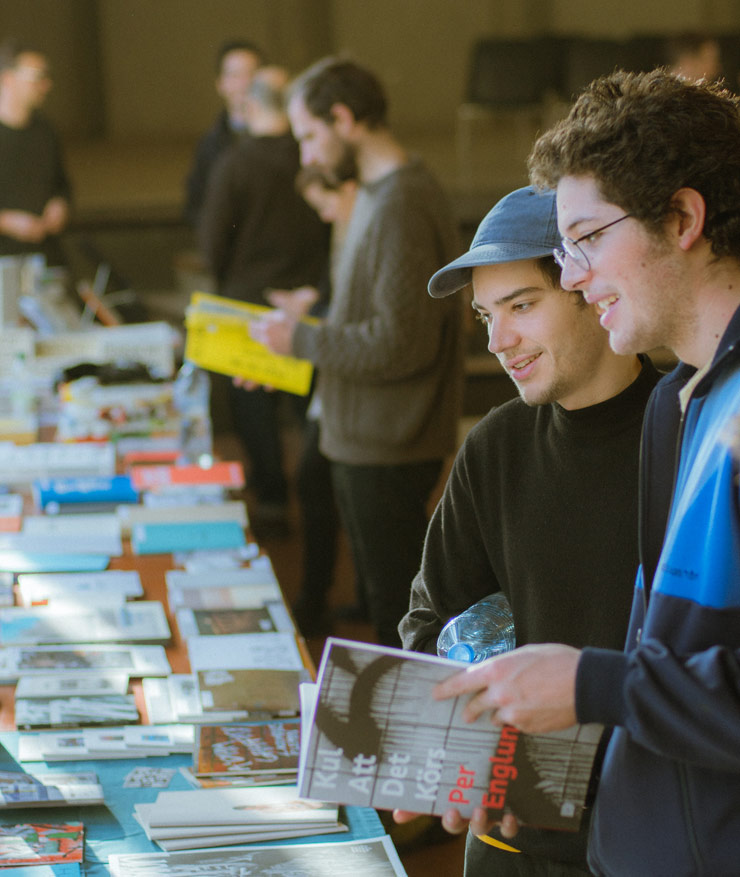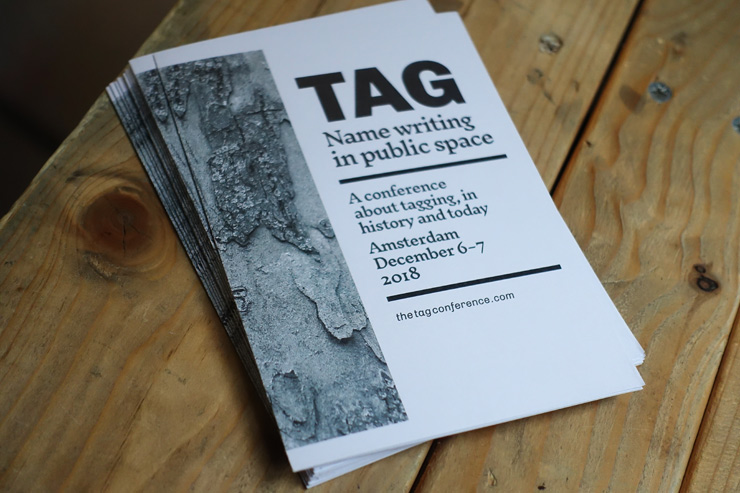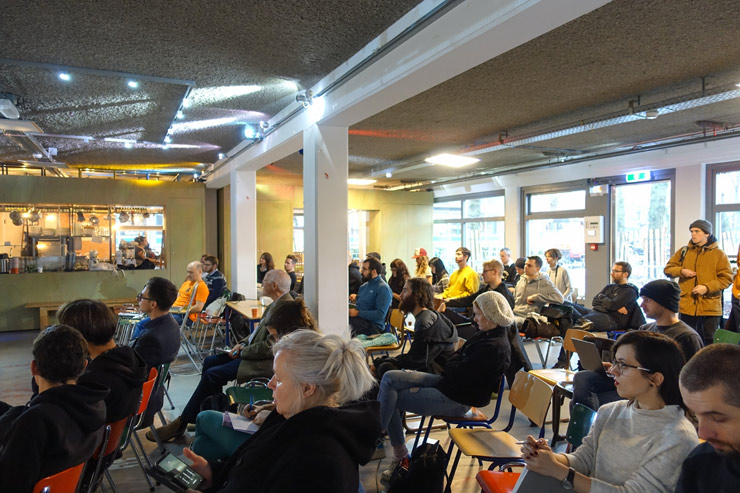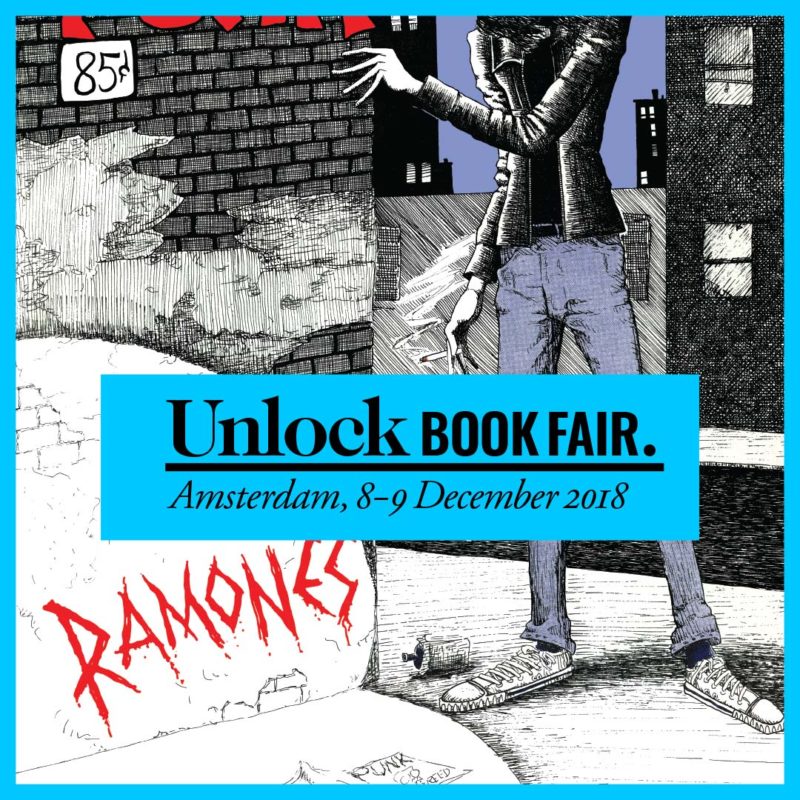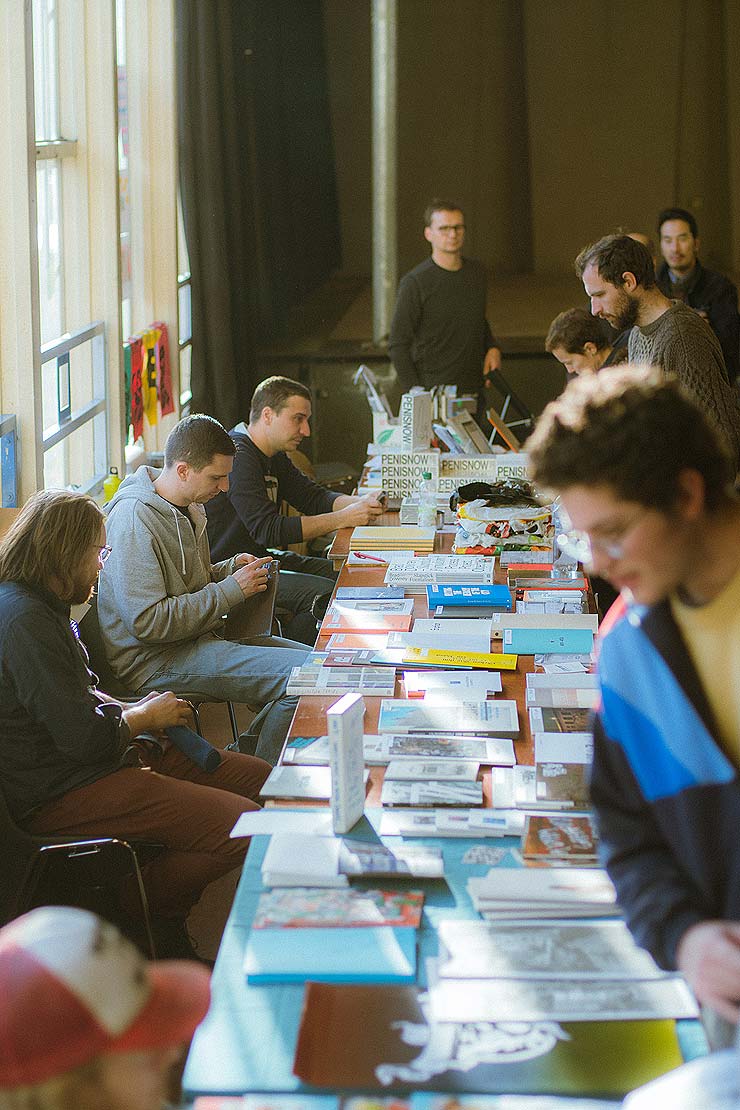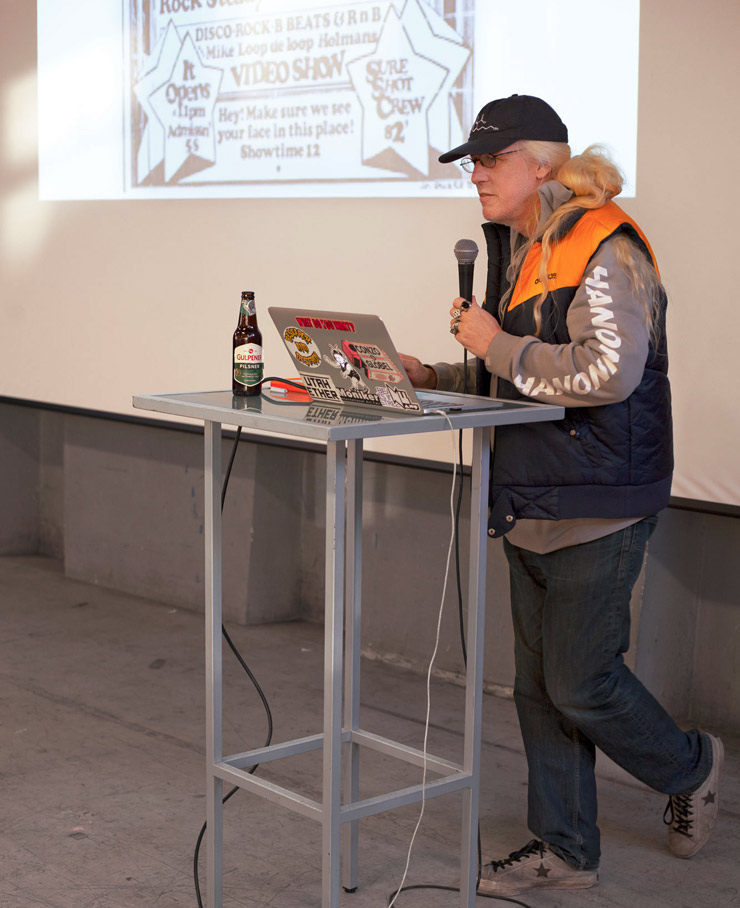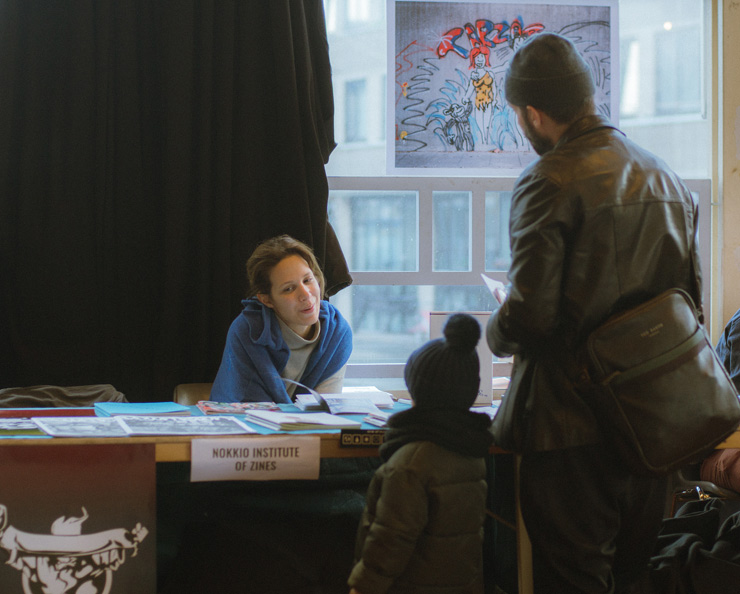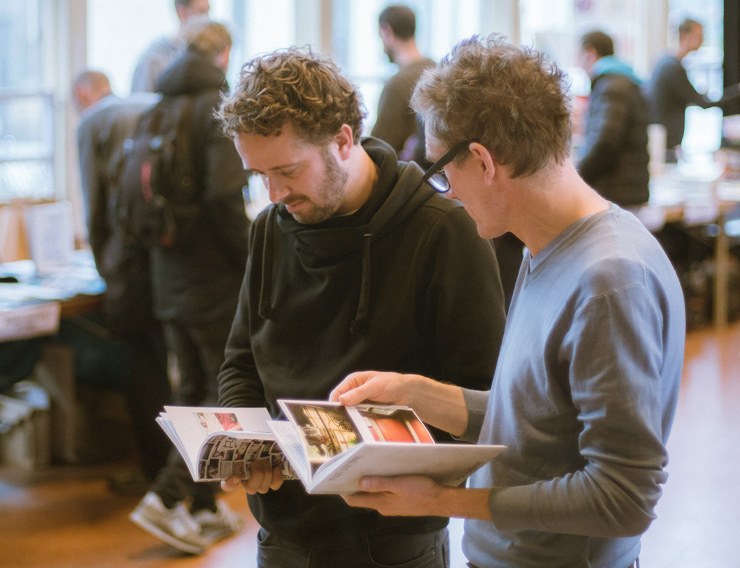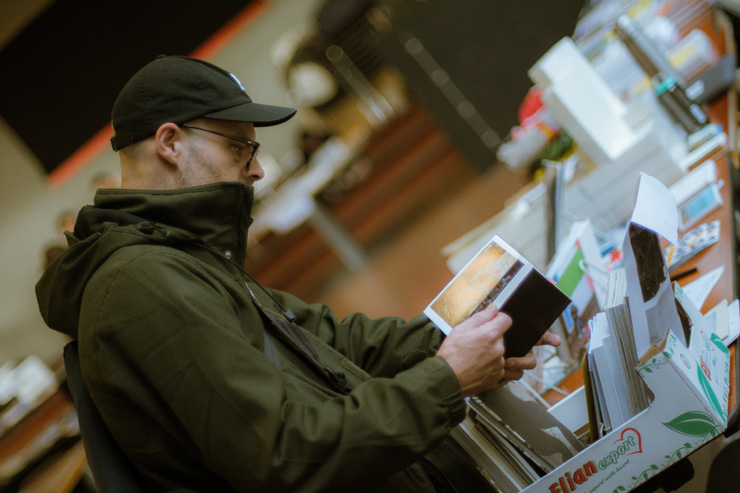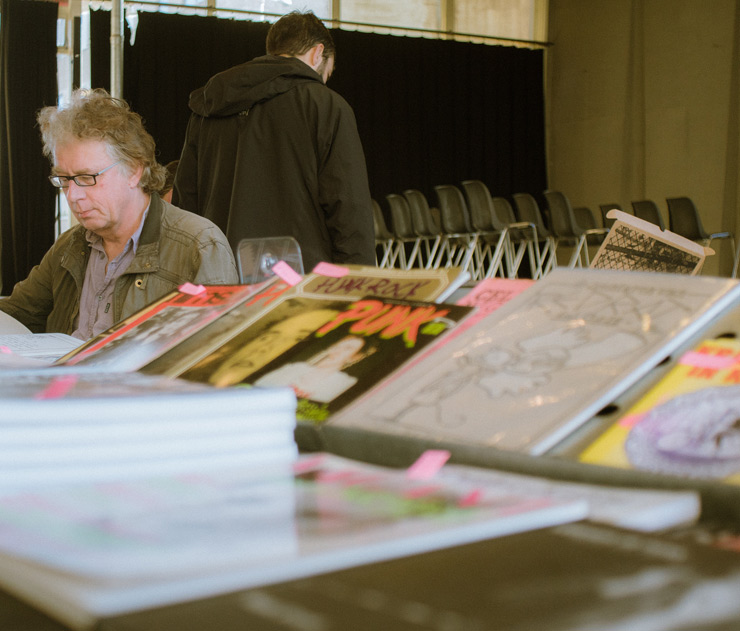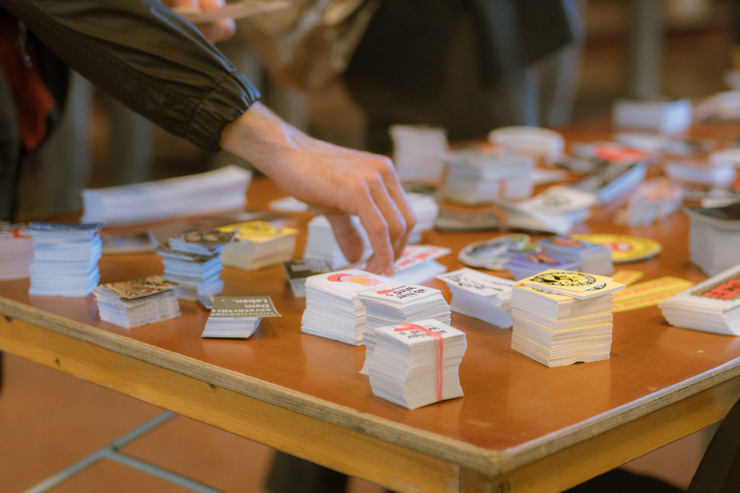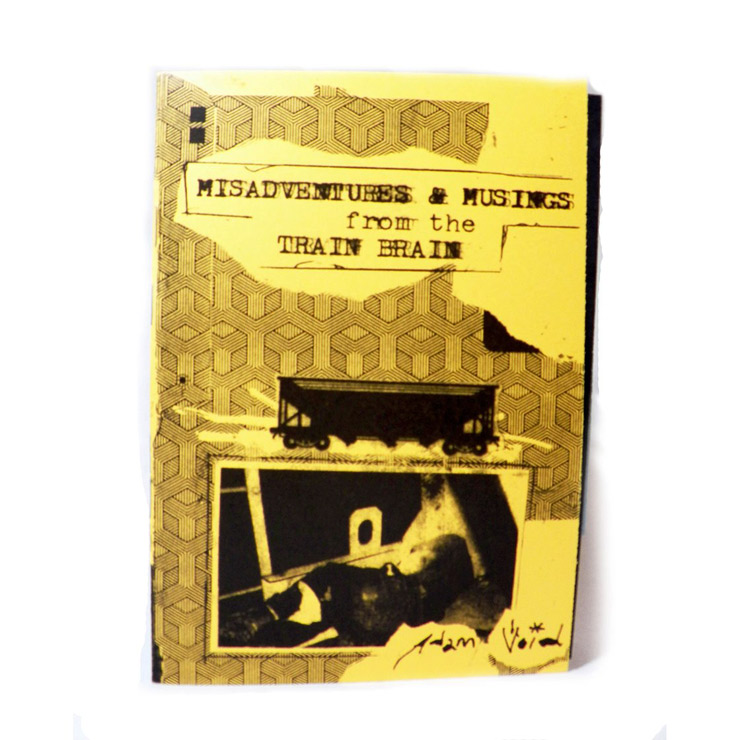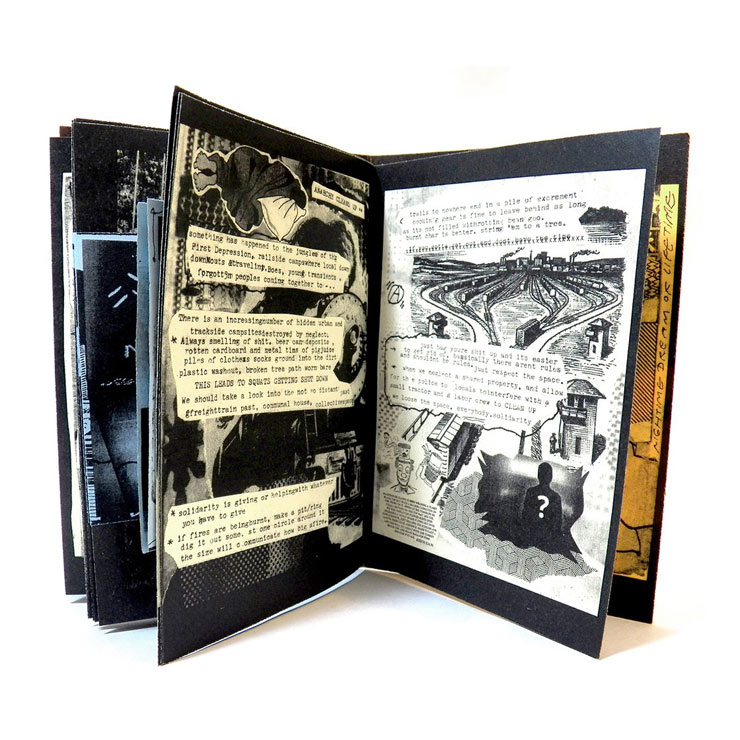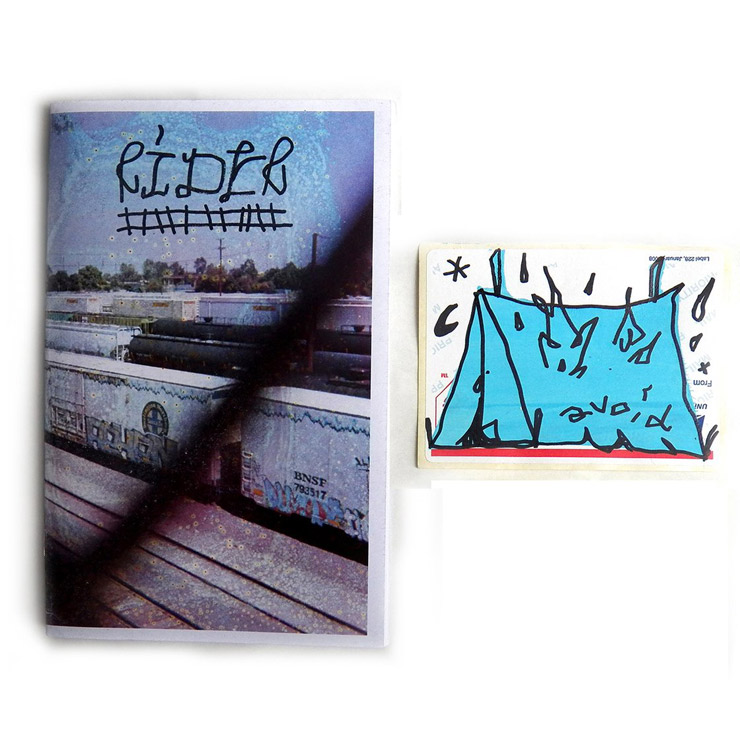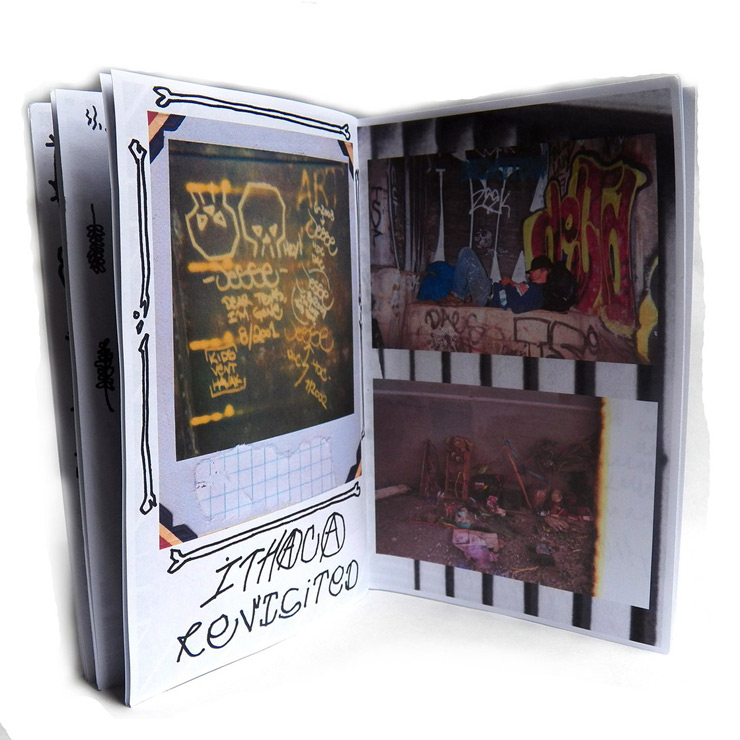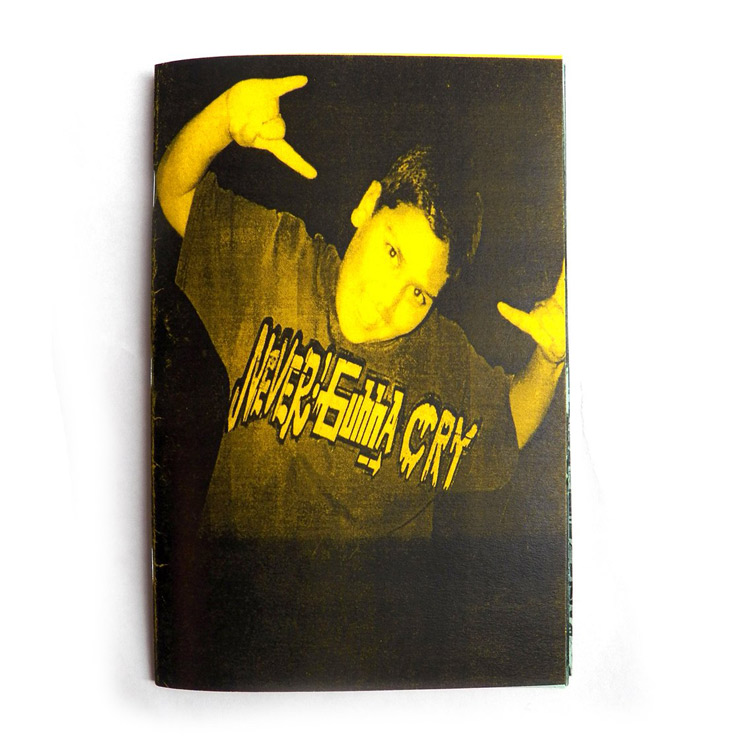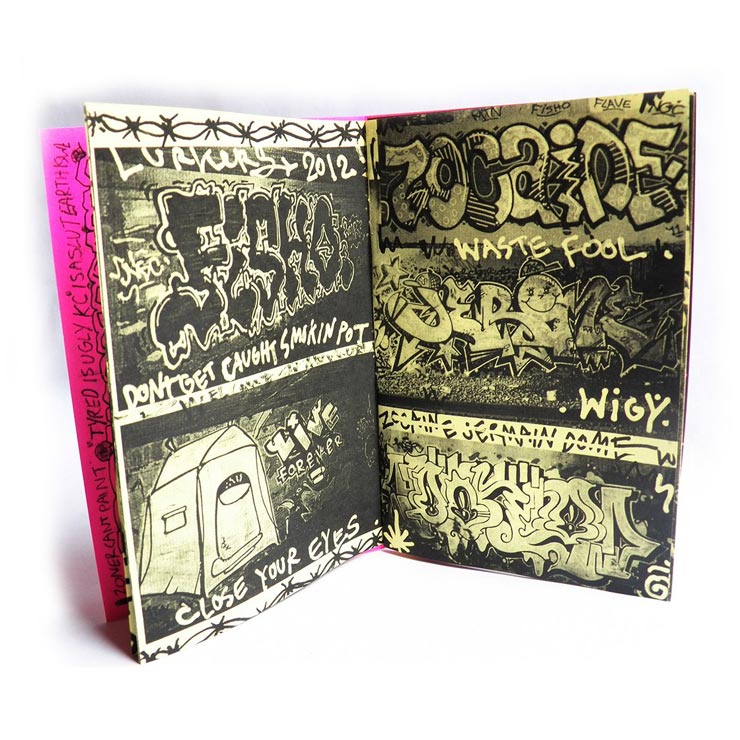When a real graffiti head hits you in the heart, you know it’s going to burn brightly.
NYC writer Jonathan “Meres One” Cohen has been getting up on the streets for 3+ decades with his distinctive color-drenched style and “bright idea” icon and he has exhibited in venues as varied as Meeting of Styles, the Parish Art Museum, and the French Institute of Art.
This month he has contributed his talent, name and heart to protecting the rights of LGBTQ+ people to celebrate the 5oth Anniversary of the Stonewall Riots that sparked a civil rights movement that burns today. We were lucky enough to catch it and grab a fast shot last week – and very lucky to ask him about it in an email conversation here where he shares his personal take on the topic “Love is Love”.
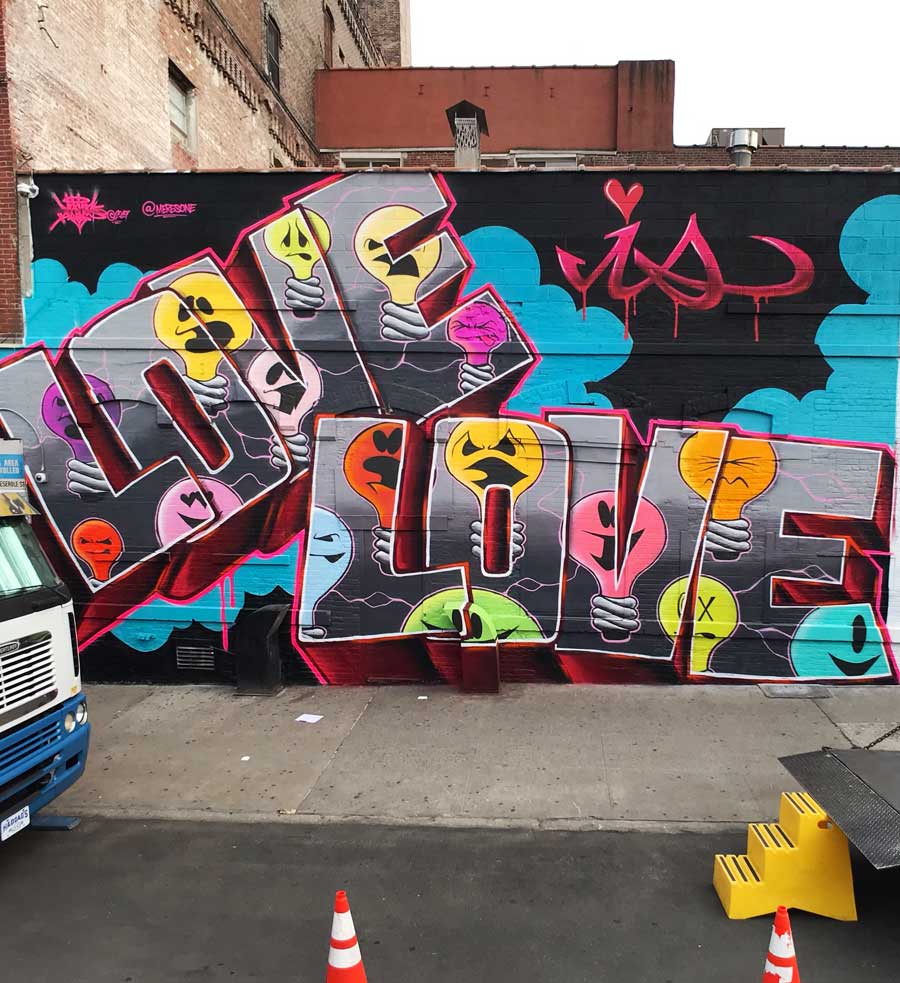
BSA: Besides the straight forward message of the campaign, some people may not see the connection and will wonder what’s your relevance to the LGBT community. How would you address that?
MERES ONE: I am always puzzled by the “relevance” question. I marched and did hundreds of signs for “Black Lives Matter” and my intent or connection was not questioned. The mural is about love, about acceptance, about respecting boundaries and others’ choices and rights to love. As I have said before love and falling in love is a powerful uncontrollable feeling and no one should dictate the premises of such feelings. I obviously have friends living in a same-sex relationship, including Taylor and Lauren whom See TF painted next to this mural. My cousin is a lesbian rabbi – does that even matter? I think you answered that question for me perfectly at the wall when you said ‘sometimes it takes a majority to stand up for the rights of the minority.’ So maybe that is it. I am standing up and doing what I love for my friends and for strangers alike.
BSA: Why do you think some people have a hard time understanding that loving or love is one of the most personal acts and they try to dictate and control who we choose to love and partner with?
MERES ONE: Actually very often I am asked why I think graffiti is misunderstood or represented vs. street art. I always answer that people tend to fear or dislike what they cannot understand. The segregation and judgment experienced by the LGBTQ+ community is mostly based on fear and misconception. It is unfortunately carried and supported by many clergymen and women, and it is supported by our own president and many elected officials. So again if we all became a spokesperson for love, if we all stood up for that right, we could make a difference. I feel that this initiative curated by the Lisa Project is gifting our city with 50 beautiful murals, but it is also opening dialogue. Sometimes maybe it will force dialogue and that’s amazing and a step forward.
BSA: The style of the message and the mural itself is reminiscent of a postcard. It exudes nostalgia. Do you think people are longing for simpler, kinder times?
MERES ONE: It is for sure echoing a postcard, a time when people actually wrote and committed to their words. I hope and would love to know that the audience would use the wall as a backdrop to send a message of acceptance and love to whoever they want. I for one am, and I think many are, longing for some of the old New York, for kinder and more people-focused time. We are living in a very difficult era and it seems that so many basic rights which were fought for are being reversed by our current administration. So yes I think a lot of us are left with an uneasy feeling and worries.
BSA: What was your experience with the passersby as you were painting? What were some of their reactions?
MERES ONE: So many – mostly positive I will add. I try to give my attention to everyone as long as I am not all the way up on the lift. I heard funny comments, some passersby the first day were worried this was going to be a Colossal ad. I guess the lift and organization looked very professional and they were relieved to hear about the project and the birthing of new art on the block. Once my light bulbs were visible there was a lot of honking and shout outs from people driving by. I was surprised by the amount of genuine ‘thank you’s that came from people.
I love the fact that people read out loud “love is love” and kept on walking. The local businesses – from the owner of 3 Dollar Bill cheering us on, to the Wells bringing us cold water, to Saints coffee roaster thanking us, they all seemed really happy about this installation on their block. We managed to create a story thanks to the trust of the people at Lisa Project and people get to see a true narrative by me, See TF, JPO and David Puck. I feel people are relating to the wall and owning it in their personal way, and that was the goal here, so I am super pleased and humbled to have been part of it.
With our thanks to Wayne and Rey at The LISA Project for organizing the artists for this event.
This installation is part of the World Pride Mural Project Initiative. For more information please click here.
 BROOKLYN STREET ART LOVES YOU MORE EVERY DAY
BROOKLYN STREET ART LOVES YOU MORE EVERY DAY

